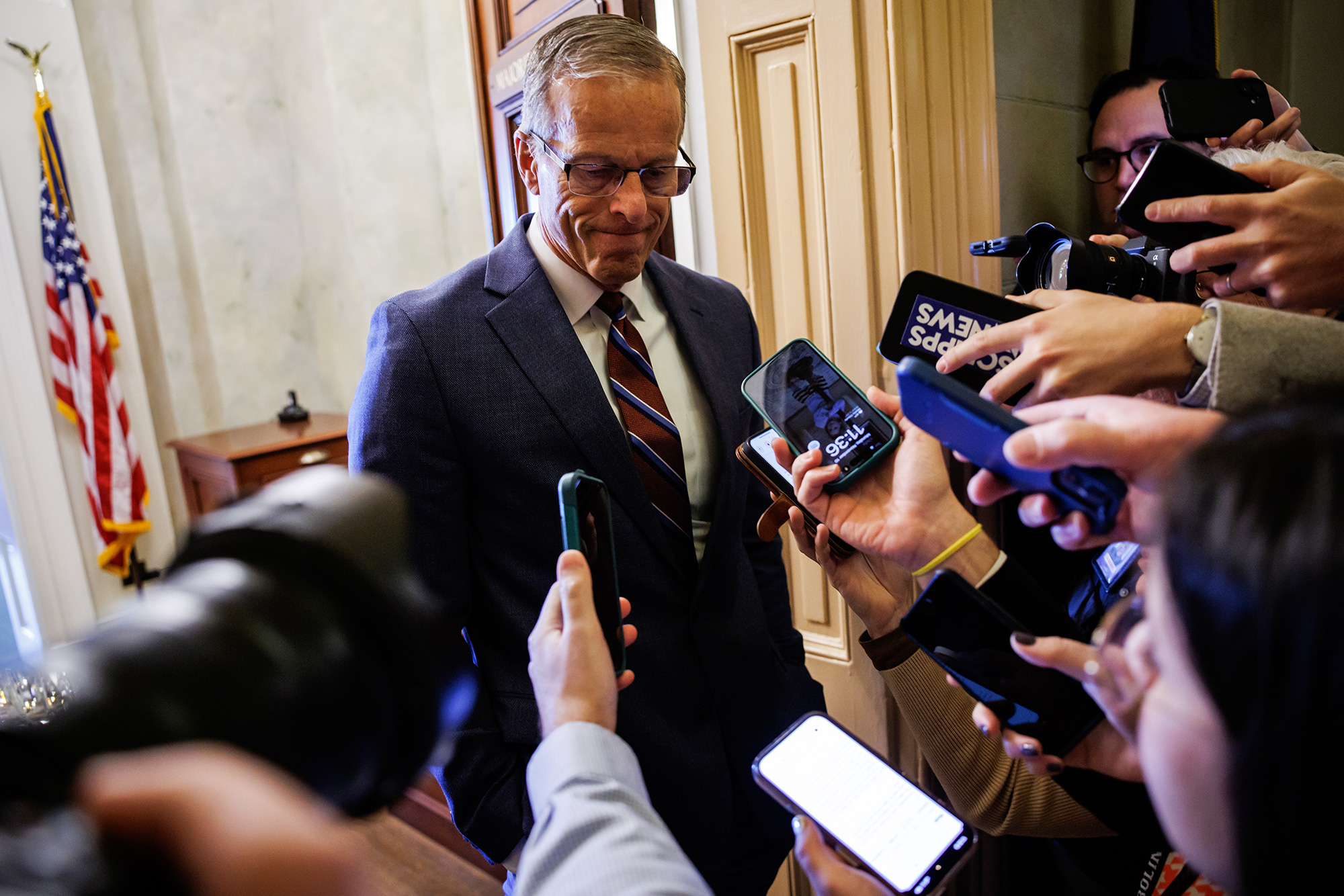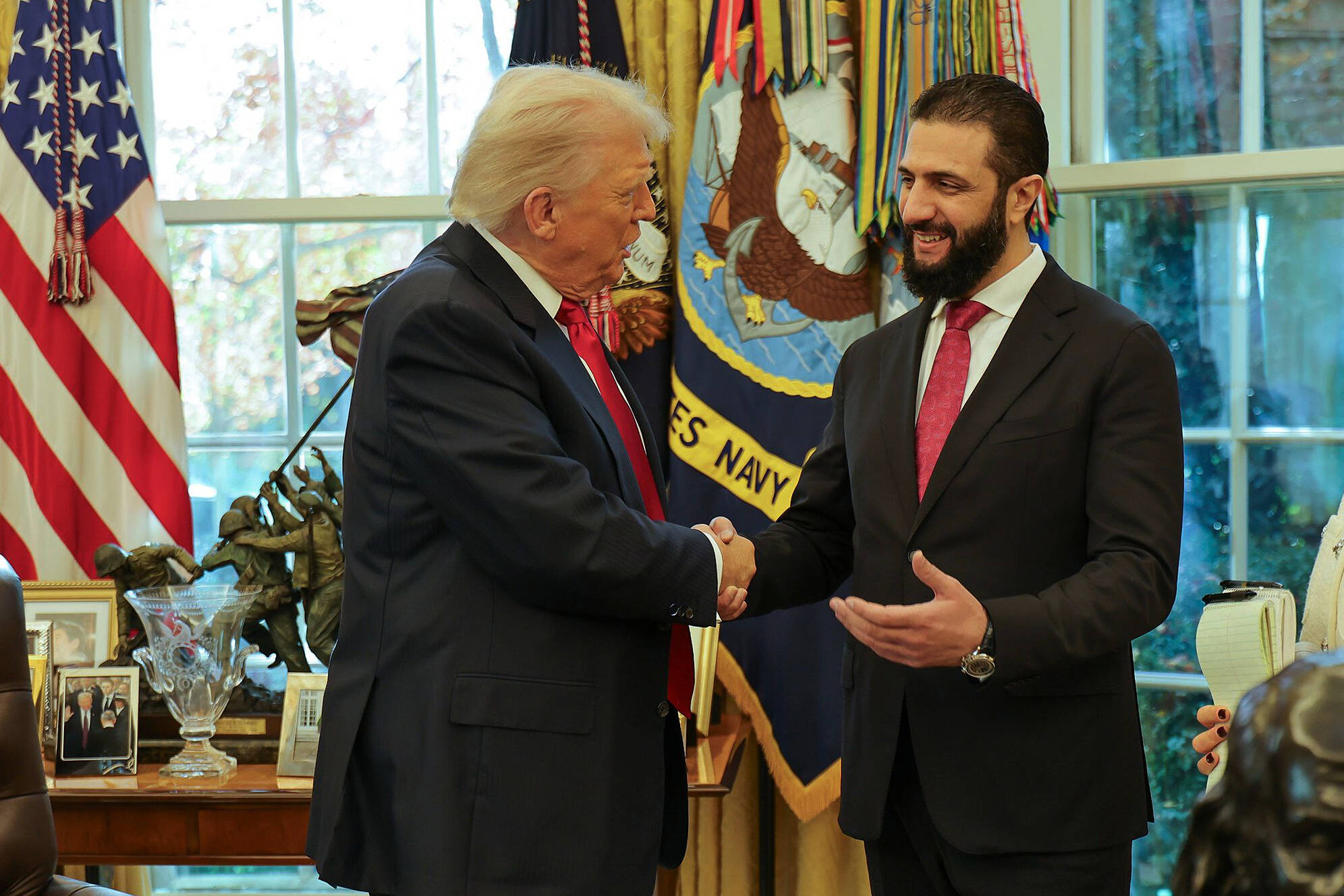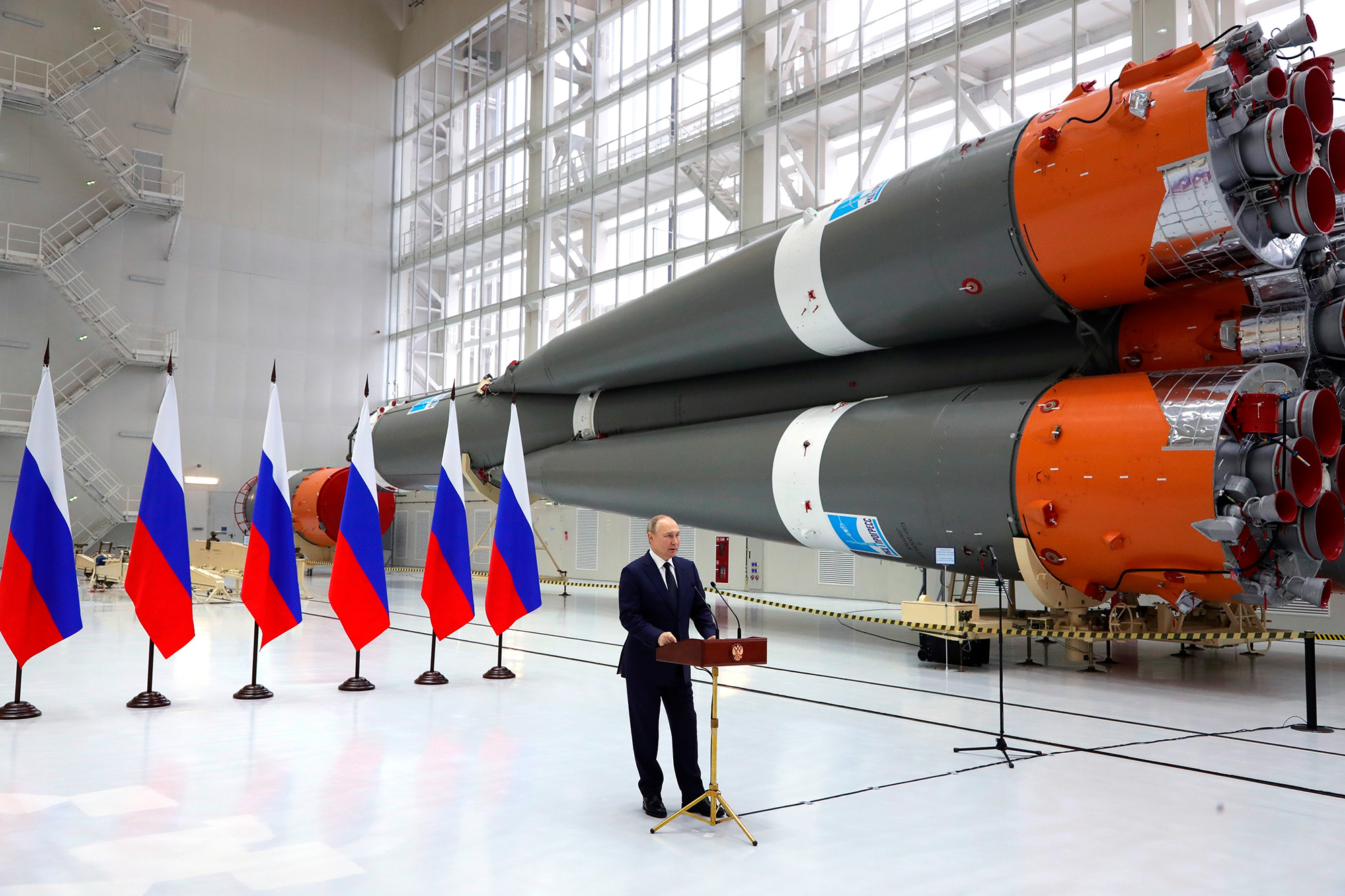Over the past few years, the Islamic Republic of Iran has faced some of the deepest crises of legitimacy in its 45-year history. A rising tide of Iranians has called for regime change, not reform. But the movement for freedom faces a major challenge: while much of the public is united in rejection of the regime, the opposition remains fractured, leaderless, and often out of sync with the people on the ground.
Most Iranians Reject the Islamic Republic
According to a December 2023 survey by the Gamaan Institute, which polled 158,000 Iranians, 81% of respondents inside Iran said “No” to the Islamic Republic, while only 15% supported it. The remaining 4% were undecided. Among the diaspora, rejection rose to 99%.
When asked what kind of political system they preferred:
- 28% supported a presidential republic
- 12% favored a parliamentary republic
- 22% backed a constitutional monarchy
In short, most Iranians want a democratic, secular government, but they do not agree on what it should look like or how to get there.
Oppositional Rallies are Popular but Uncoordinated
The “Women, Life, Freedom” protests that erupted after the 2022 death of Mahsa Amini—who was killed by Iranian morality police for failing to wear a headscarf—demonstrated a powerful desire for change. 80% of Gamaan respondents inside Iran said they support the protest movement, and 67% believe it will succeed. But protestors on the ground have often moved without support or direction from established opposition groups, and while 85% of respondents supported the creation of a unified opposition council, that council still does not exist in any functional form.
Opposition to the Regime is Divided
Iran’s opposition can be broken down into at least six major blocs:
- Ethnic-based groups (e.g., Kurdish parties like KDPI and Komala)
- Nationalists (e.g., the National Front)
- Monarchists (with varied support for Reza Pahlavi, the eldest son of the Shah of Iran who ruled until 1979)
- Leftists (e.g., Fadaian Majority, Tudeh Party, United Republicans)
- Progressive Muslims and former reformists
- The People’s Mujahedin Organization of Iran (PMOI)
These groups rarely cooperate. Even within factions, disagreements on ideology, leadership, and future governance run deep. For example, the PMOI refuses alliances, claiming exclusive legitimacy for Iran’s future.
Likewise, several political opposition leaders, including Reza Pahlavi, enjoy public support. Yet none have managed to unify the broader movement.
This leadership vacuum creates a structural challenge to ousting a regime as entrenched and coercive as Iran’s.
Without Unity, Regime Flexibility May Prevail
If the regime suppresses unrest and opposition remains fragmented, a new phase may begin after the inevitable death of Supreme Leader Ali Khamenei, who is 85 years old and reportedly in poor health. Internal regime factions could offer small reforms or co-opt moderate opposition figures. This risks preserving the status quo through managed change a repeat of past cycles that have failed to deliver democracy.
The People Are Ready. The Leaders Are Not.
The Iranian public has made its stance clear. The regime’s support base sits at 10–15%, according to multiple surveys. Most Iranians want it gone. But they also want a clear plan for what comes next, and no single group or leader has earned that trust or mandate.
For real change to take hold, Iran’s opposition must move beyond declarations. It needs a coalition that can build consensus, coordinate action, and communicate a shared vision to the people it hopes to lead.
Related
Sam Zickar
Sam Zickar is Senior Writer at No Labels. He earned a degree in Modern History and International Relations from the University of St Andrews and previously worked in various writing and communications roles in Congress. He lives in the Washington, D.C. area and enjoys exercise and spending time in nature.




